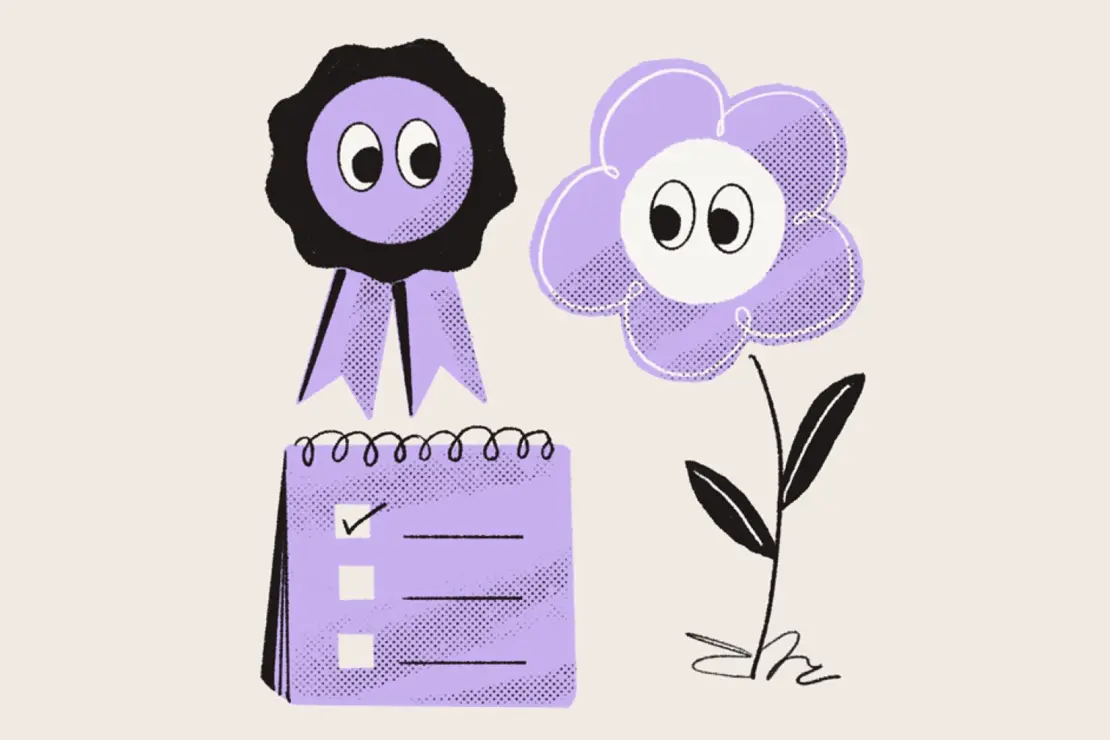New on Remotely Curious
Listen to Episode 5: Faces
If you’re like most remote workers, you’ve spent the bulk of your workday on video chat for the past 2.5 years—which adds up to thousands of hours staring at your own face. That’s… a lot. How is this constant camera-on culture affecting our psychological states and energy levels?
We talk with Dr. Jeremy Bailenson—professor, researcher, and founding director of the Virtual Human Interaction Lab at Stanford University—about a popular phrase he coined: Zoom fatigue. We discuss what causes it, why we’re all feeling it, and some evidence-based ways to manage it.
From an evolutionary standpoint, most humans have never before had the experience of seeing ourselves for 12 hours a day. The fact that we’re accepting it in our media is mind-boggling.
We’ll talk about:
- Why nonverbal cues in video chat increase our cognitive load
- The societal pressure that women disproportionately face in “Zoom culture”
- How to keep your primitive threat systems from being activated in meetings
- Ways to protect yourself and your team from exhaustion
About Jeremy:
More resources:
- Dropbox Virtual First Toolkit | Reduce unnecessary meetings
- Dropbox Work In Progress blog
- Dropbox news
- How businesses and organizations use Dropbox
Takeaways:
- Turn off your camera or the self-view when you can. (Or at least minimize your screen, so other people look smaller.)
- Stand back from the camera and move around. Our best ideas tend to come when we’re not sitting in the same place all day.
- Tinker with the setup until the lighting and camera angle feel right—this could make you feel less tired at the end of the day.
Learn more at remotely-curious.com.
Special guest
Dr. Jeremy Bailenson
Stanford University professor and researcher

Jeremy Bailenson is the founding director of the Virtual Human Interaction Lab at Stanford University, and the Thomas More Storke professor in the Department of Communication










